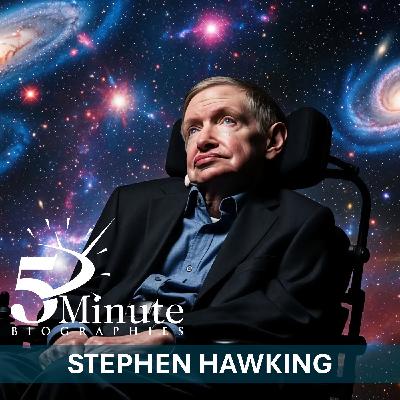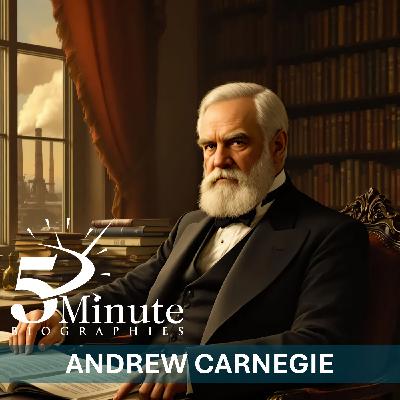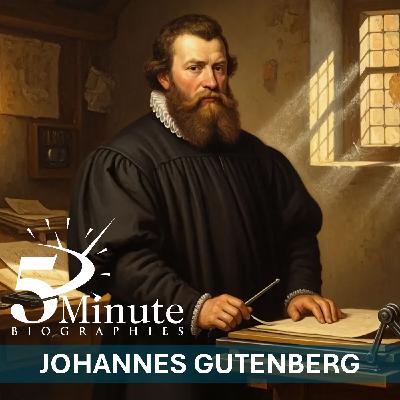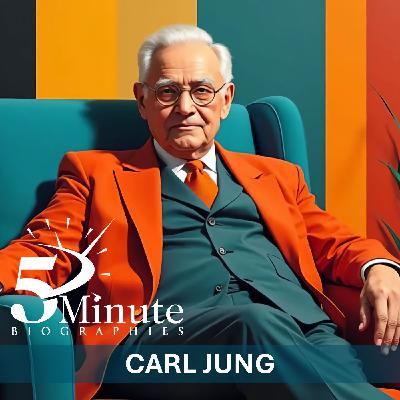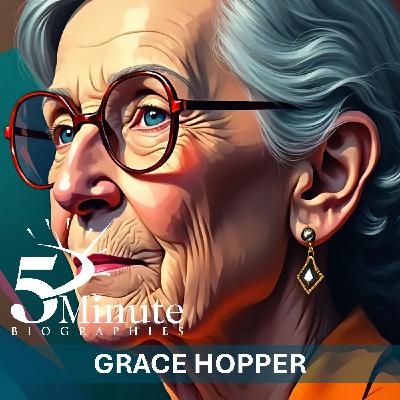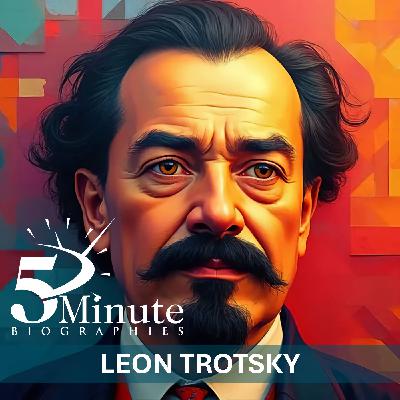Stephen Hawking
Description
Stephen Hawking was one of the most recognisable scientists in the world, not just for his groundbreaking work in cosmology and theoretical physics, but for his remarkable ability to bring the mysteries of the universe into the living rooms of ordinary people. His life was a story of exceptional intellect, scientific discovery, personal resilience, and an unyielding determination to understand the cosmos despite living most of his adult life with a devastating disease.
Early Life and Education
Stephen William Hawking was born on 8 January 1942 in Oxford, England, exactly 300 years to the day after the death of Galileo Galilei, a coincidence he was fond of mentioning. His parents, Frank and Isobel Hawking, were both well-educated; his father was a medical researcher, and his mother had studied philosophy, politics, and economics at Oxford. The family placed a high value on education, despite living frugally.
Hawking grew up in St Albans, attending St Albans School, where he showed an intense curiosity for science and mathematics but was not considered an exceptional student by his teachers. He later attended University College, Oxford, initially studying physics since mathematics was not offered at the college. He graduated with first-class honours in 1962 and then moved to Trinity Hall, Cambridge, for postgraduate studies in cosmology, a decision that would set the stage for his life’s work.
The Onset of Illness
Shortly after beginning his doctoral research at Cambridge in 1963, Hawking began experiencing difficulties with speech and clumsiness. At the age of 21, he was diagnosed with amyotrophic lateral sclerosis (ALS), also known as motor neurone disease, a degenerative condition that progressively paralyses muscles. Doctors initially gave him a prognosis of just two years to live.
The diagnosis was devastating, but Hawking later said that it gave his life a renewed sense of purpose. Facing the possibility of a shortened future, he threw himself into his research, determined to make meaningful contributions to science.
Breakthroughs in Black Hole Physics
Hawking’s early work focused on singularities, points in space where gravity becomes infinite and the laws of physics break down, as predicted by Einstein’s general theory of relativity. Collaborating with mathematician Roger Penrose, Hawking demonstrated that singularities could occur not just in black holes but also in the very origins of the universe, implying that the Big Bang itself was a kind of singularity.
In the 1970s, Hawking made one of his most famous discoveries: that black holes are not entirely black. Through the combination of quantum mechanics and relativity, he predicted that black holes emit radiation, now known as Hawking radiation, and could eventually evaporate. This was a revolutionary concept because it connected the laws of thermodynamics with black hole physics, suggesting that information might be lost when black holes disappear and sparking debates that continue to this day.
Career and Academic Achievements
Hawking’s reputation as a brilliant, innovative scientist grew rapidly. In 1974, he was elected a Fellow of the Royal Society, one of the highest honours in British science. In 1979, he became the Lucasian Professor of Mathematics at the University of Cambridge, a position once held by Isaac Newton.
Throughout his career, Hawking worked on unifying general relativity, which describes gravity on a cosmic scale, with quantum mechanics, which governs the world of subatomic particles. This pursuit of a “theory of everything” remained central to his research, though a complete solution has yet to be found.
A Voice for Science
Hawking’s fame reached far beyond academic circles thanks to his ability to explain complex scientific concepts to the public. His 1988 book, A Brief History of Time, became an international bestseller, spending over four years on The Sunday Times bestseller list. It tackled questions about the origin and fate of the universe, the nature of time, and the possibilities of time travel, all of which were explained in accessible language.
The success of the book turned Hawking into a global celebrity. He appeared in documentaries, television programmes, and even cameo roles in shows like The Simpsons and Star Trek: The Next Generation.
Living with Disability
As Hawking’s illness progressed, he lost the use of most of his muscles and required a wheelchair for mobility. Following a bout of pneumonia in 1985, he underwent a tracheotomy that left him unable to speak. A computer-based communication system allowed him to select words and letters using a hand switch, later replaced by a cheek muscle sensor, and his new robotic, synthesised voice became instantly recognisable around the world.
Despite these challenges, Hawking maintained an active research career, travelled widely, and engaged with the public. His determination to live fully and contribute to science inspired millions, especially people living with disabilities.
Later Work and Public Engagement
Hawking continued to publish scientific papers and popular science books throughout the 1990s and 2000s, including “The Universe in a Nutshell” (2001) and “The Grand Design” (2010, co-authored with Leonard Mlodinow). He addressed subjects ranging from quantum gravity and the multiverse to the potential dangers of artificial intelligence.
He also became an outspoken advocate on issues such as space exploration, climate change, and the future of humanity. Hawking argued that the long-term survival of the human species would require colonising other planets, both to expand our horizons and to safeguard against global catastrophes.
Personal Life
Hawking married Jane Wilde in 1965, and they had three children together. Jane supported Hawking through the early years of his illness, balancing the demands of caregiving with raising a family and pursuing her own academic interests. Their marriage ended in 1995, and Hawking later married Elaine Mason, one of his nurses, though that marriage also ended in divorce.
In later years, Hawking maintained close relationships with his children and remained an active presence in the lives of his grandchildren.
Awards and Recognition
Over his lifetime, Hawking received numerous awards and honours, including the Copley Medal, the Presidential Medal of Freedom, and numerous honorary degrees. His scientific impact, combined with his public persona, made him one of the most celebrated figures in modern science.
In 2015, his life was dramatised in the film The Theory of Everything, starring Eddie Redmayne as Hawking. The film focused on his early career, marriage to Jane, and the challenges of living with ALS, bringing his story to an even wider audience.
Death and Legacy
Stephen Hawking died peacefully at his home in Cambridge on 14 March 2018, coincidentally, Albert Einstein’s birthday. He was 76 years old, having far outlived the expectations set by his original prognosis.
Hawking’s legacy is twofold: his scientific contributions to our understanding of black holes, cosmology, and the fundamental laws of physics, and his role as a public communicator who inspired countless people to engage with science. He demonstrated that physical limitations need not define one’s intellectual capacity or limit one’s impact on the world.
Enduring Impact
Stephen Hawking’s life was a testament to the power of the human mind to overcome adversity, explore the universe’s most profound mysteries, and share that wonder with the world. His theories transformed our understanding of black holes and the origins of the cosmos, while his books and public appearances brought those ideas to millions. Hawking not only asked the most significant questions about time, space, and existence, he invited the rest of us to ask them too.
His passing left a void in the scientific community, but his influence endures in the ongoing quest to unravel the universe’s secrets. As he once said:
“Remember to look up at the stars and not down at your feet.”

